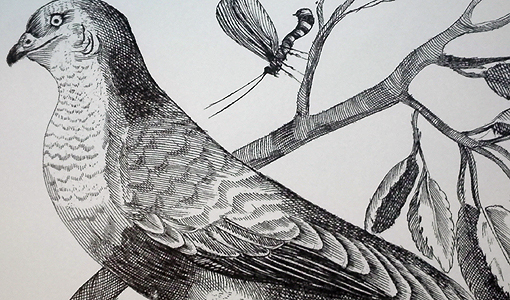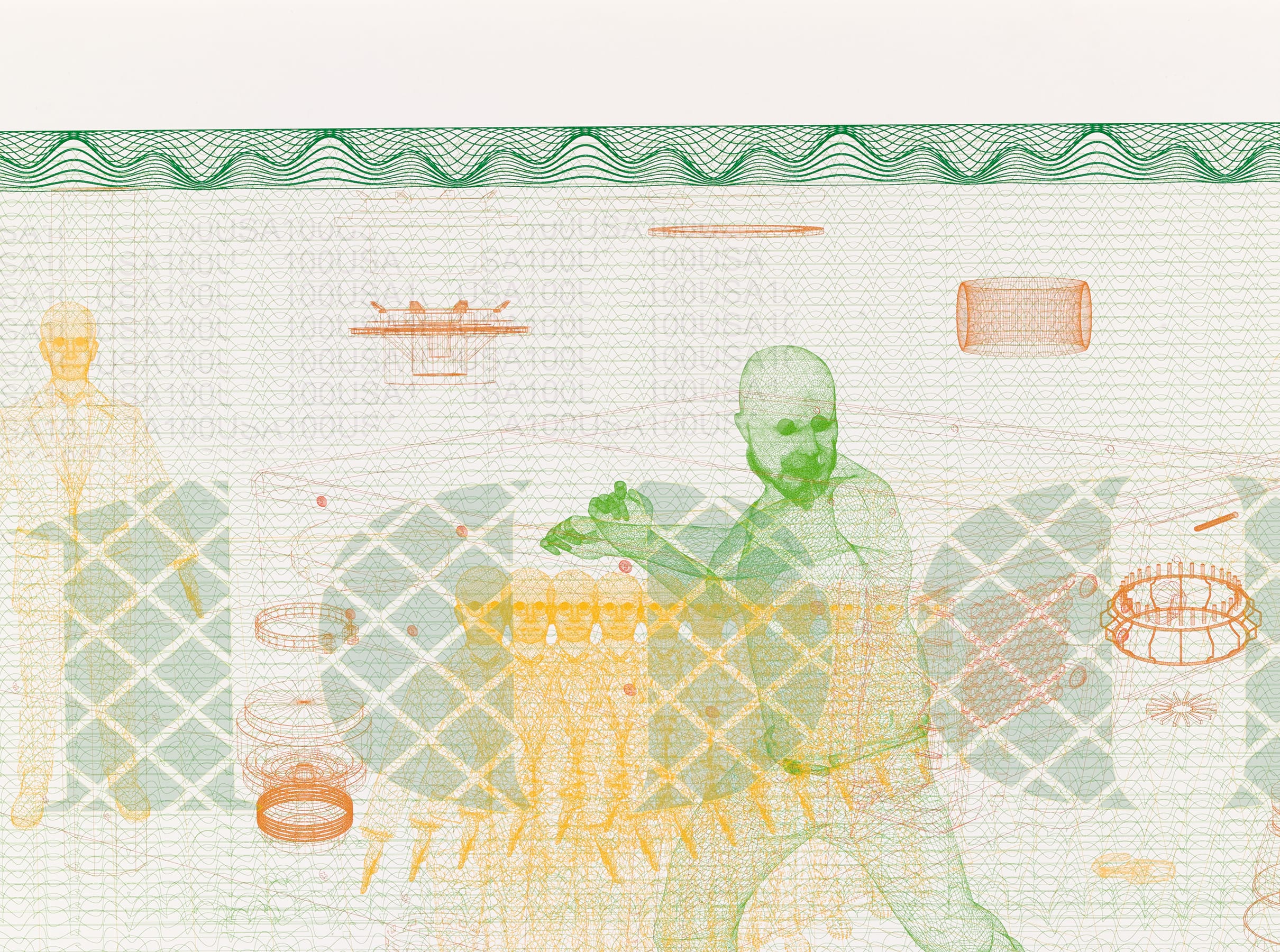
María Eugenia de Beer, a pioneer of Spanish engraving in the first half of the 17th century
Notebook of Birds for Prince Balthasar Charles is the oldest set of engravings in the Banco de España Collection. It is an unusual, uniquely important work in the history of Spanish engraving. There are a total of 23 plates showing different types of bird, probably based on earlier engravings produced in Italy. They were engraved by a woman, María Eugenia de Beer, which was also rare for the time (and indeed for later times until well into the 20th century).
María Eugenia de Beer was born into a family of artists. Her father, Cornelio de Beer,![]() was a Flemish painter and printer of engravings who moved to Spain at some point between 1610 and 1620. She is the only known female engraver at the royal court in Madrid in the first half of the 17th century. José Manuel Matilla and Javier Blas explain that in those years numerous foreign-born engravers came to Spain, especially from France and the Low Countries, because demand was high and the few engravers in Spain at the time were poorly trained.
was a Flemish painter and printer of engravings who moved to Spain at some point between 1610 and 1620. She is the only known female engraver at the royal court in Madrid in the first half of the 17th century. José Manuel Matilla and Javier Blas explain that in those years numerous foreign-born engravers came to Spain, especially from France and the Low Countries, because demand was high and the few engravers in Spain at the time were poorly trained.
The copy of Notebook of Birds for Prince Balthasar Charles held by the Banco de España was acquired in 1981 and is the only one known. However, the discovery of the original copper plates among the belongings of printer Francisco Navarro suggests that there may have been others: if the plates had not been intended to produce more prints they would probably have been erased and reused, because copper was expensive.
María Eugenia de Beer's work consisted mainly of frontispieces, portraits after the style of Velázquez (whom she admired greatly) and illustrations for books. The Notebook of Birds is one of her earlier works, and is thought to have been produced between 1637 and 1639, when she was completing her apprenticeship at her father's studio and had not yet come of age.
The notebook is dedicated to Prince Balthasar Charles of the House of Austria (1629-1646), and was probably intended as a sampler or "calling card" to showcase her skill. Her first actual commissions were more complex in technique and form. They date from 1640, when she produced covers for the books Sumo sacramento de la fe by Jesuit Father Francisco Aguado and Tomo Segundo de los opprobios q. en el árbol de la cruz oyó Xro. qdo. dixo las siete palabras by Friar Francisco de Rojas. However, her career as an engraver was short-lived: most of her known works date from between 1640 and 1645. Documentary records have recently revealed the reason for this, though it had long been suspected. Her career was cut short precisely because she was a woman: she stopped work after the birth of her first child from her marriage to Nicolás Merstraten, an aide to John of Austria![]() .
.

Cover and plate from the special edition produced by the Banco de España in 2010 of Notebook of Birds for Prince Balthasar Charles
In 2010 the Banco de España produced a special edition of her Notebook of Birds for Prince Balthasar Charles. It reproduces all 24 prints in this unique series (including the cover) and also includes an essay on the engravings and on their engraver by José Manuel Matilla and Javier Blas, a brief introduction by Miguel Fernández Ordoñez (Governor of the Banco de España from 2006 to 2012) and factsheets on each print.
